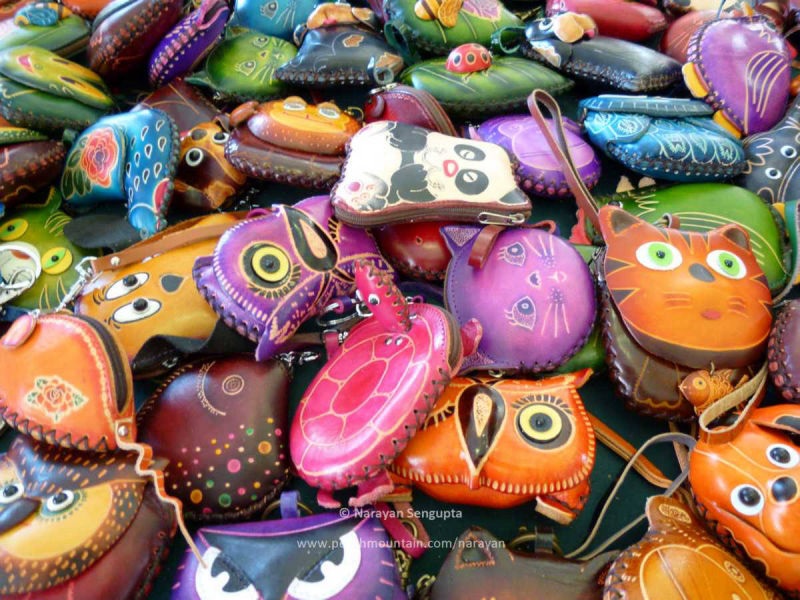Fun Places, Fun People, Great Food, Great Culture
Charleston, South Carolina - City Market, etc.




















Having been captured by war and other means in Africa they endured the horrors of shackled transport across the Atlantic and then suffered unbelievable endless humiliation, suffering, anxiety, beatings, and more just to get to the docks of Charleston.
Chalmers Street is also the site of the Old Slave Mart Museum. Charleston was America’s sad epicenter of the slave trade. This great nation has never truly acknowledged the horrors of slavery or atoned for it. Reasons abound, and to analyze them is fodder for books. But in short, even the most well-meaning among us realize there is a near impossible futility in trying to do so. Also we must recognize that this nation was built in no small measure on slave labor. This must include many of the stately old Charleston homes, the White House in Washington, DC and much more. So how do we reconcile this while knowing that we are all benefiting from this horror?
Finally, after many decades, under pressure of outsiders and in some cases Charleston’s own, the slave markets were brought indoors to spare Charlestonians the “agony of watching people suffer.”
Finally, after many decades, under pressure of outsiders and in some cases Charleston’s own, the slave markets were brought indoors to spare Charlestonians the “agony of watching people suffer.” Allow evil, but see no evil. In a short period, there were 40 slave markets in four blocks, ten per block. What is now the Old Slave Mart Museum was the first of these slave markets.